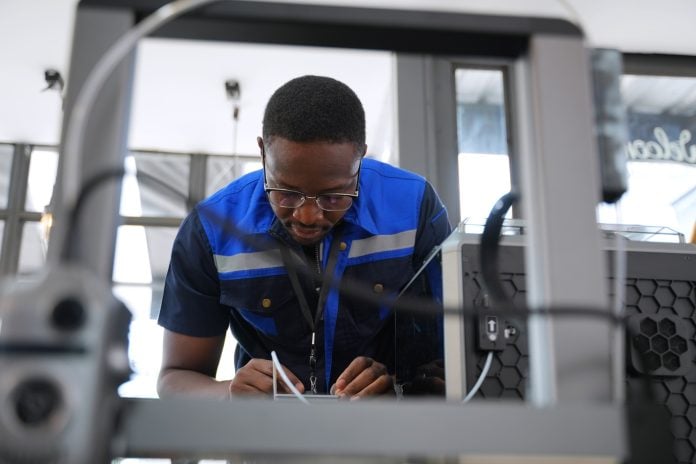Key Takeaways
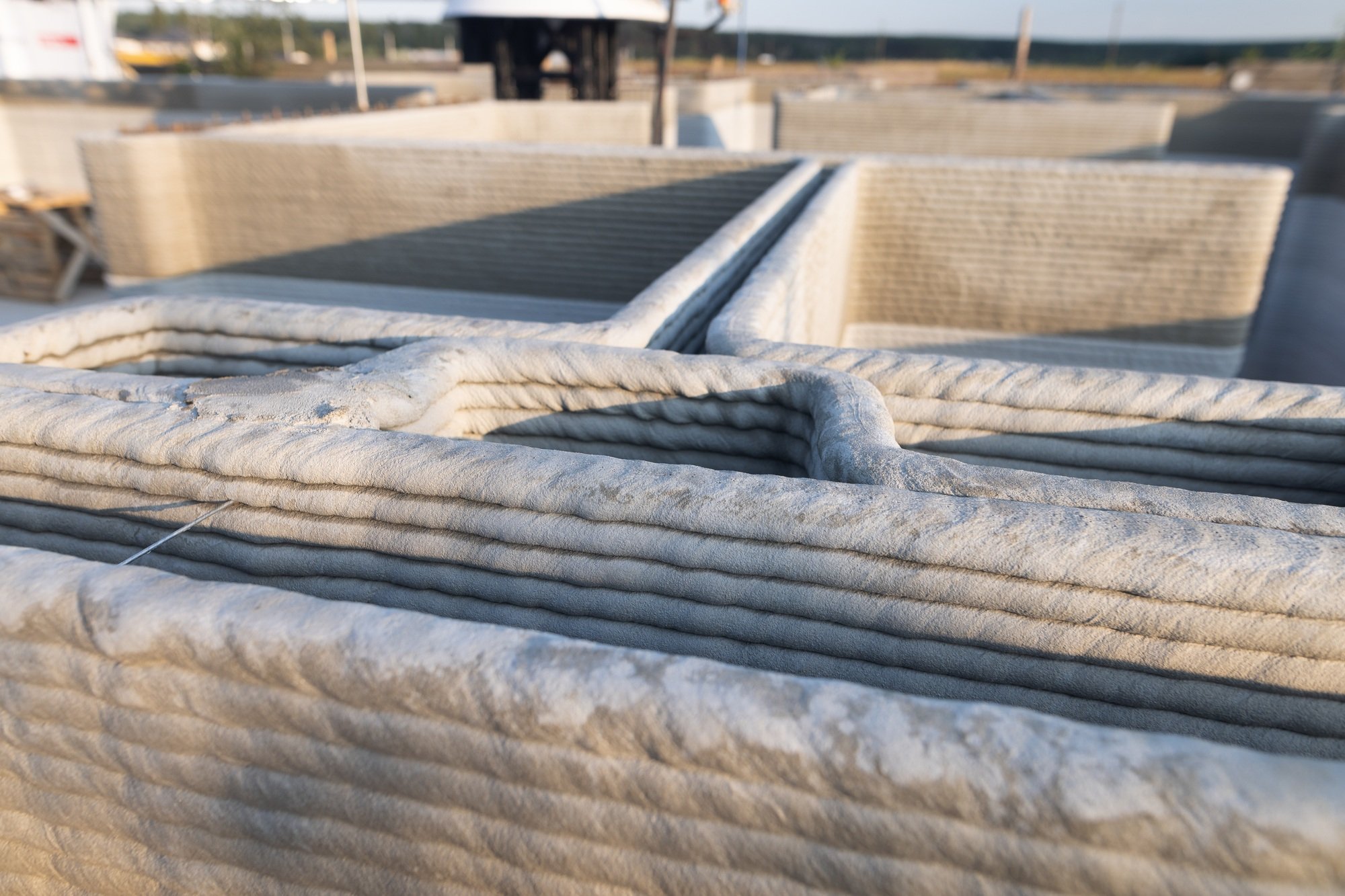
- Endless Creative Opportunities: 3D printing allows users to transform creative ideas into tangible objects, catering to hobbyists, students, and small business owners alike.
- Diverse Project Ideas: Popular projects range from home decor, like wall sculptures and self-watering planters, to functional household items and customized gifts, providing numerous avenues for creative expression.
- Business Advantages: Small businesses can leverage 3D printing for rapid prototyping, unique product offerings, and personalized solutions, positioning themselves as innovative leaders in their market.
- Material Matters: Choosing the right materials, such as PLA or resin, is crucial for product quality and durability, influencing the success of your 3D printing projects.
- Effective Design Software: Utilizing user-friendly design tools like Tinkercad and Fusion 360 helps streamline the 3D printing process, enhancing creativity and project adaptability.
- Understanding Challenges: Addressing common challenges, such as precision issues and scalability limits, is essential for maximizing the efficiency and quality of 3D printing endeavors.
Imagine transforming your creative ideas into tangible objects right in your own home. With a 3D printer, that dream becomes a reality. Whether you’re a hobbyist, a student, or just someone looking to explore the world of additive manufacturing, there’s a project waiting for you.
From functional tools to intricate art pieces, 3D printing offers endless possibilities. You can customize your designs or even download ready-made models to bring to life. Dive into a world where your imagination knows no bounds, and discover how these innovative machines can elevate your DIY game.
Overview Of 3D Printer Projects
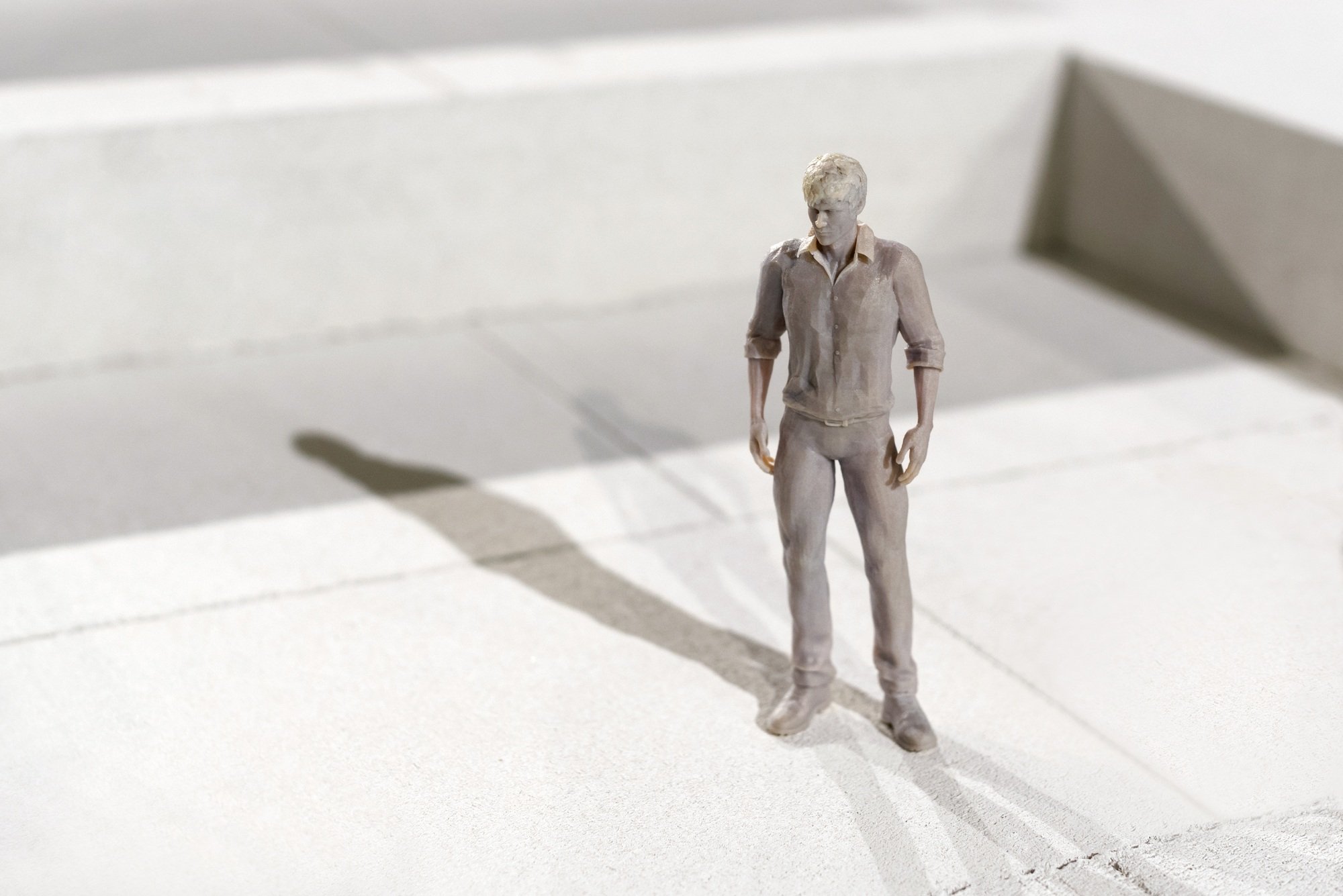
3D printer projects offer diverse opportunities for small businesses to innovate and expand their product lines. You can create prototypes, custom tools, or unique artistic pieces that set your brand apart in the competitive market. The versatility of 3D printing technology allows for rapid production of functional items, reducing lead times and costs.
Consider developing small-scale, on-demand production to minimize inventory expenses. Utilizing 3D printers for custom products enables personalization that attracts customers seeking unique solutions. Engaging in 3D printing projects also enhances your tech capabilities, positioning your business as a forward-thinking entity in your industry.
Explore project ideas such as designing bespoke promotional items, creating replacement parts for machinery, or offering personalized gifts. Each project not only showcases your creativity but also establishes your commitment to innovation, creating a lasting impression on your target audience. Embrace the endless possibilities of 3D printing to elevate your small business.
Popular 3D Printer Projects
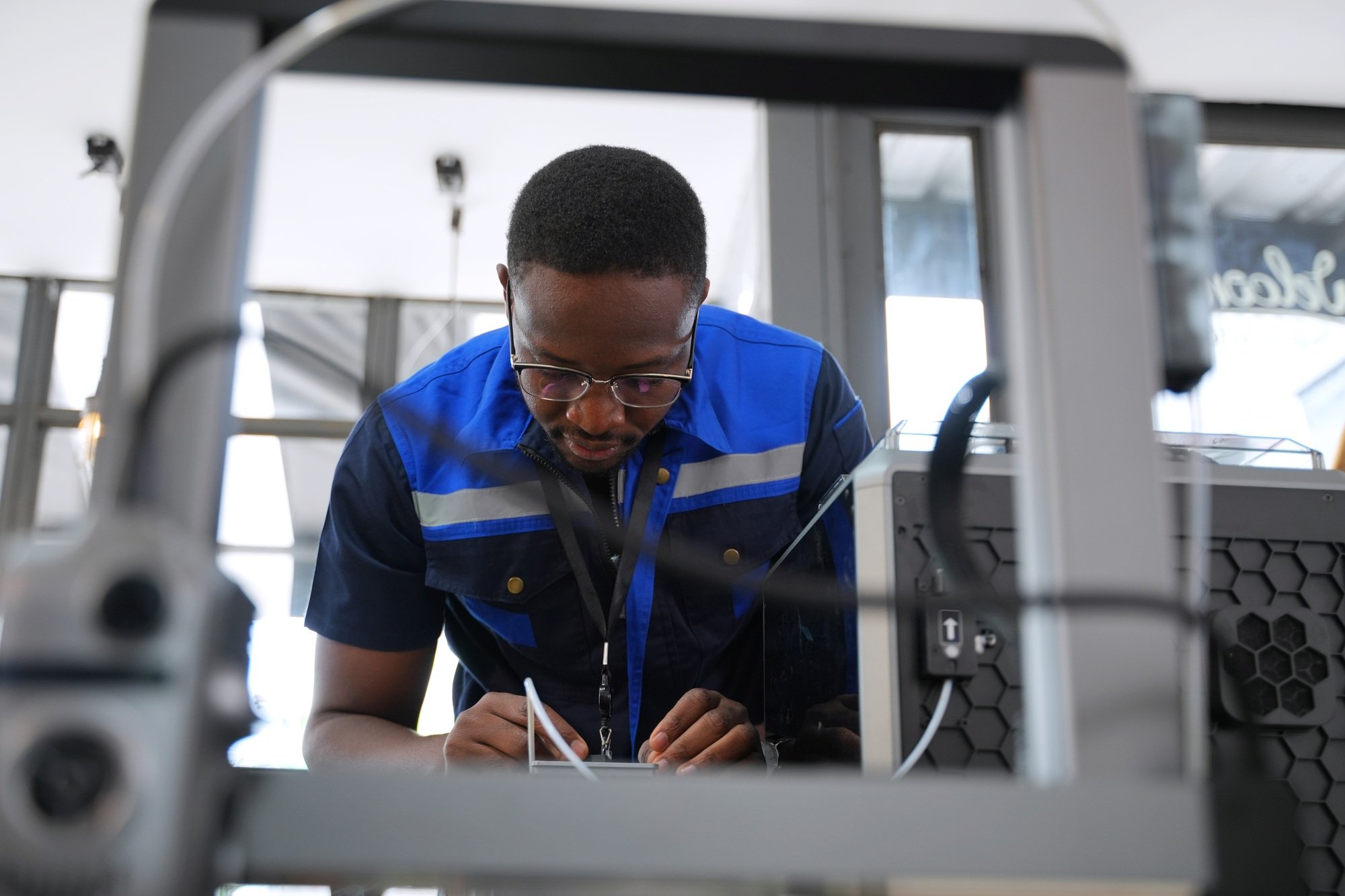
Engaging in 3D printing opens up numerous possibilities for both creative expression and functional applications. Small businesses can leverage these projects to enhance their offerings and create unique products.
Home Decor Ideas
- Wall Sculptures: Convert three-dimensional images into captivating 3D printed wall art. These pieces add depth and interest to plain walls, making them ideal for businesses looking to enhance their decor collection.
- Wall Planters: Design 3D-printed wall planters that bring greenery indoors. These structures transform standard walls into vibrant spaces, appealing to eco-conscious consumers.
- Stag Skull: Craft a striking stag skull as a statement piece. This unique decor item attracts attention in home interiors, presenting an opportunity for businesses to stand out in the decor market.
Functional Household Items
- Abstract Planters: Create modular planters specifically for succulents and cacti. These modern designs appeal to gardening enthusiasts and provide a fresh touch to any home.
- Self-Watering Planters: Incorporate technology into your products with self-watering planters. These innovative designs simplify plant care, appealing to busy homeowners and enhancing user convenience.
- Lanterns: 3D print an array of lantern styles, including gothic and retro themes. Each design contributes a unique ambiance to home interiors, broadening your product range and attracting diverse customers.
Creative 3D Printer Projects

3D printing technology opens up a realm of creative possibilities for small businesses. Whether you aim to enhance your product offerings or make a unique statement, exploring these projects can elevate your brand.
Artistic Sculptures
3D printing transforms artistic expression by providing geometric freedom and precision. You can create intricate sculptures that traditional methods can’t easily replicate. For example, using sand 3D printing allows for large-format molds, enabling you to produce complex shapes without limitations.
Consider producing sculptures in various sizes, ranging from miniature decor pieces to life-sized installations. This versatility attracts diverse customers, showcasing your commitment to innovation. Additionally, investment casting using 3D-printed PMMA models delivers high-quality art objects with detailed filigree, enhancing the artistic appeal of your brand.
Customized Gifts
Using 3D printing, you can craft customized gifts that stand out in the marketplace. Personalized items like jewelry, gadgets, or home decor items add a special touch, making them memorable for recipients. Companies that embrace this technology can respond swiftly to customer requests for unique products.
You can create bespoke promotional items that reflect your brand’s identity while offering customers something exclusive. Investing in 3D printing technology not only streamlines production but also positions your business as a creative leader in its industry, ensuring every piece represents your brand’s ingenuity.
Tips For Successful 3D Printing
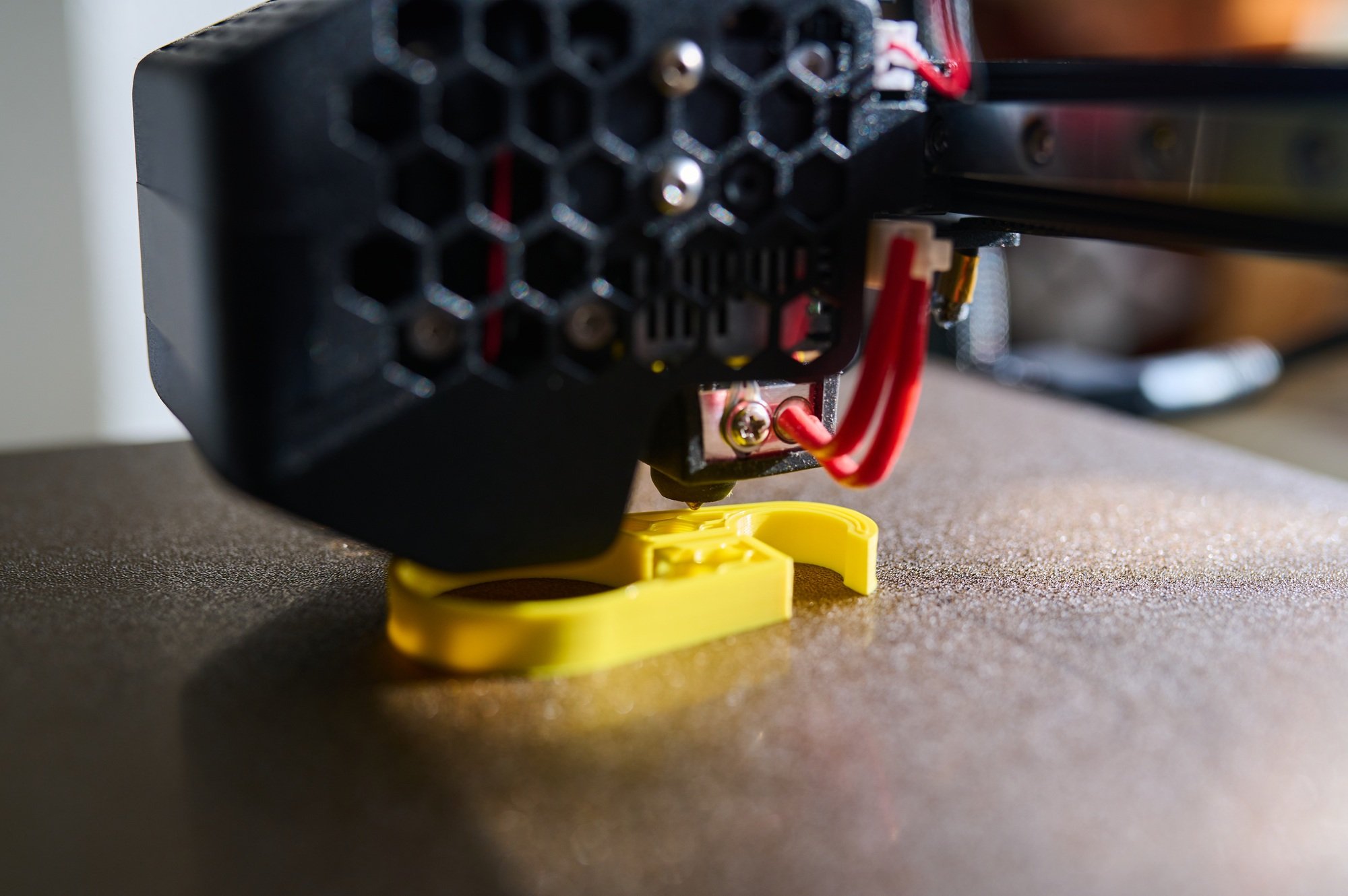
Successful 3D printing requires careful consideration of materials and design tools to maximize your project’s potential. Ensuring effective preparation can significantly enhance the outcome of your prints.
Choosing The Right Materials
Choosing materials impacts the quality and durability of your 3D projects. For instance, when selecting for 3D printing in a small business context, consider how materials like PLA, ABS, or resin affect performance. Dark ceramics can absorb UV light, which interferes with curing, while other plastics offer greater flexibility or strength. Experimenting with different resin systems, adjusting layer thickness, and implementing appropriate surface treatments often yields the best results. Quality materials can elevate your products and enhance brand reputation.
Design Software Recommendations
Utilizing efficient design software streamlines the 3D printing process. Programs such as Tinkercad, Fusion 360, and Blender offer user-friendly interfaces for creating complex models. Tinkercad provides simplicity for beginner projects, while Fusion 360 supports advanced users with its comprehensive functionality. Importantly, software that allows parametric modeling enhances design adaptability for small businesses looking to customize projects quickly. Investing time in mastering these tools can significantly expand your creative capabilities, ensuring your designs leverage the latest tech advancements effectively.
Challenges In 3D Printing
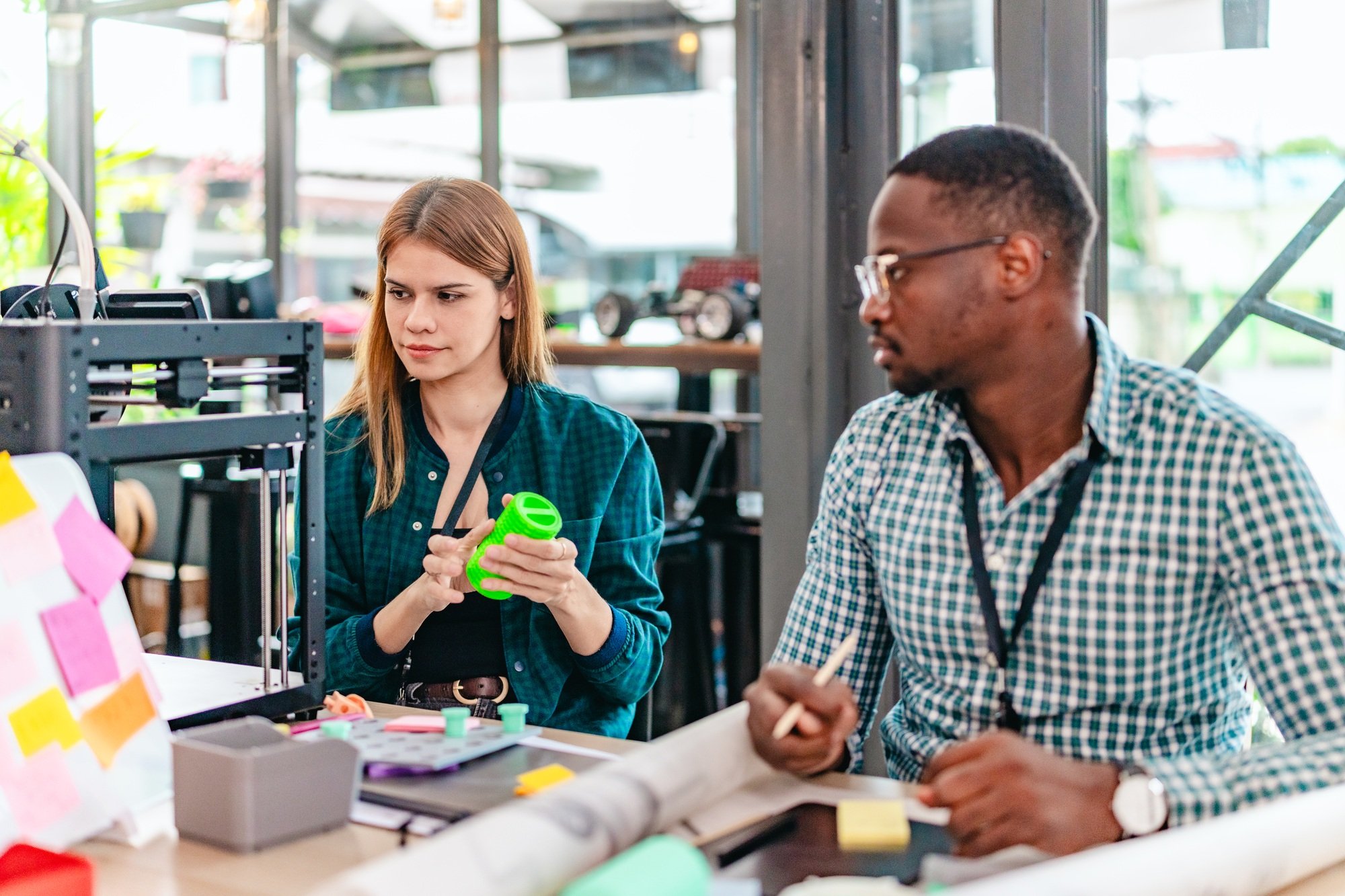
3D printing presents various challenges that can impact the quality and efficiency of your projects. Understanding these hurdles can enhance your small business’s success in leveraging this technology.
Precision and Accuracy Issues
Precision and accuracy are crucial in 3D printing for producing high-quality outputs. Achieving dimensional accuracy and geometric fidelity faces challenges from printer calibration, layer adhesion, and surface finish. Regular maintenance and accurate calibration of your 3D printer reduce deviations. Tracking the printer’s performance ensures optimal results and minimizes errors in your projects.
Speed and Scalability Limitations
Speed and scalability limit 3D printing, particularly in mass production scenarios. The complexity and size of objects can lengthen production times. While 3D printing is efficient for prototyping or small batches, scaling your production for larger demands poses challenges. Adapting your workflow and utilizing advanced technologies can help address speed limitations, ensuring your small business meets client needs effectively.
Conclusion
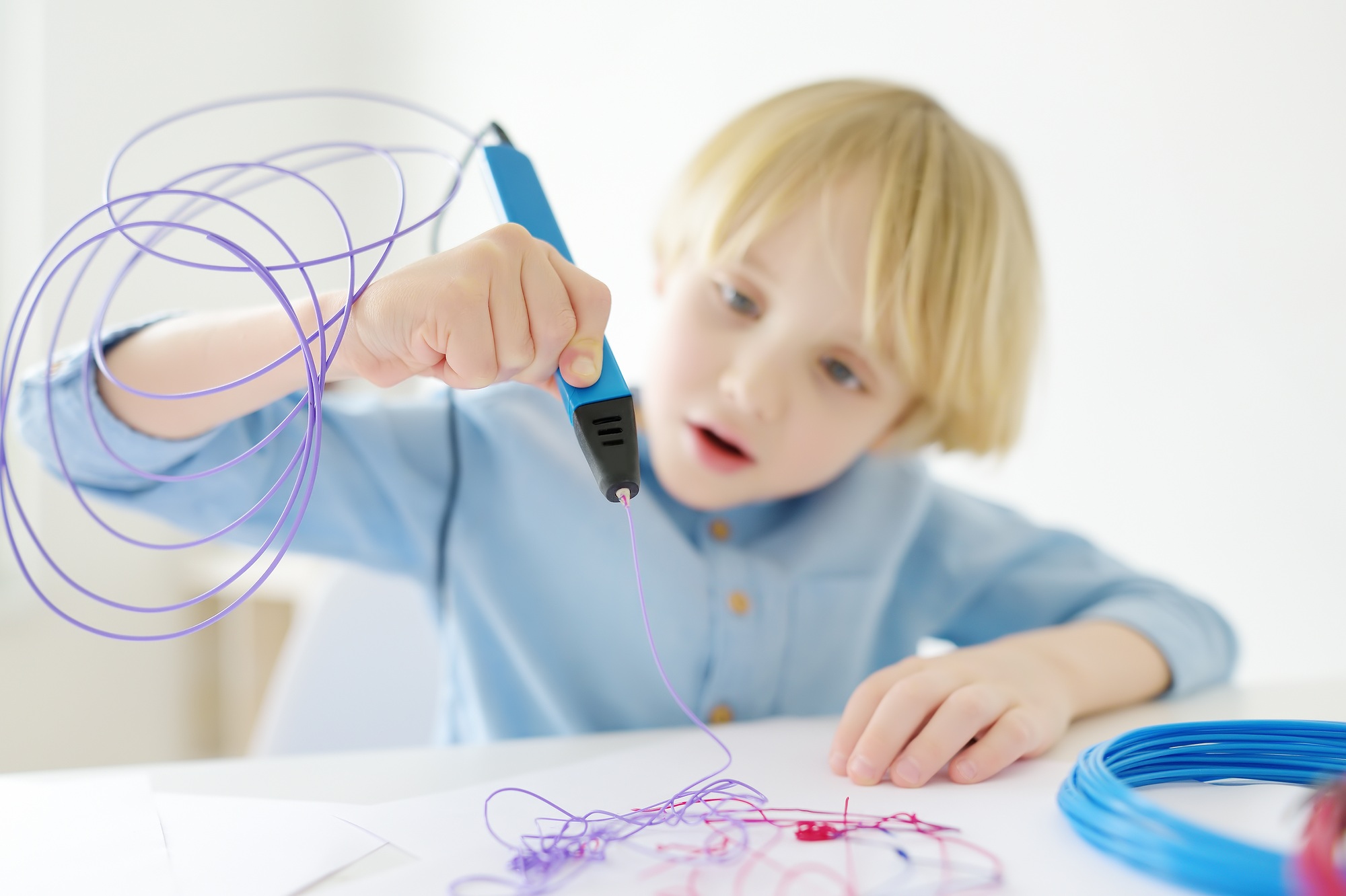
Embracing 3D printing opens up a world of creativity and innovation for you and your projects. Whether you’re a hobbyist looking to express your artistic side or a small business aiming to stand out, the possibilities are endless. With the right materials and design tools, you can bring your ideas to life while enhancing your brand’s identity.
As you explore various projects—from functional household items to unique artistic creations—remember that 3D printing is not just about making objects. It’s about transforming your vision into reality and connecting with your audience in meaningful ways. So dive in and start creating, because the future of your projects is just a print away.
Frequently Asked Questions
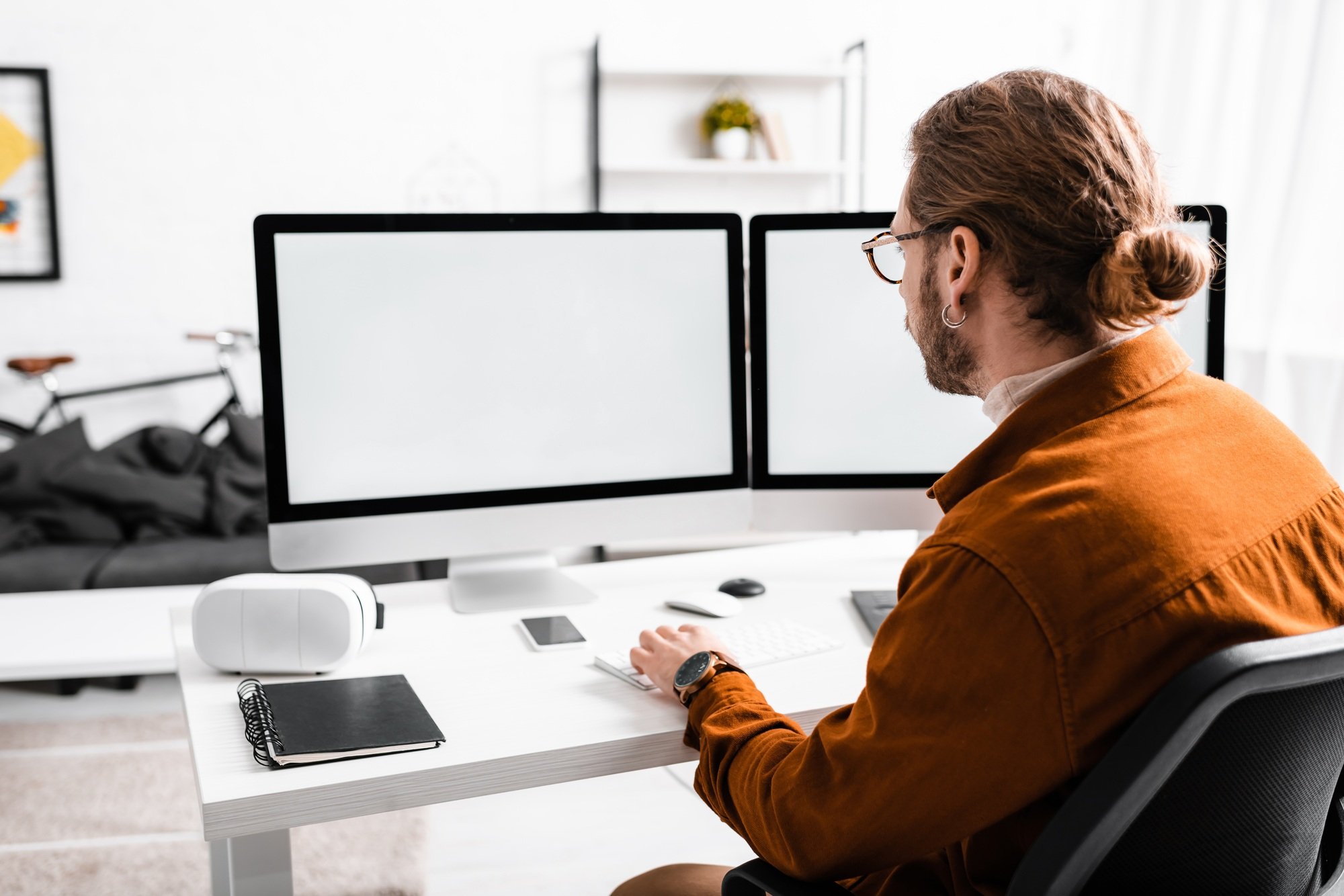
What is 3D printing?
3D printing is a manufacturing process that creates three-dimensional objects from digital models by layering materials. It allows users to produce customized designs at home or in businesses and has applications in various fields, including art, engineering, and product development.
Who can benefit from 3D printing?
3D printing benefits a wide range of individuals, including hobbyists, students, and small business owners. It enables them to create custom designs, prototypes, and functional items, unlocking endless possibilities for creativity and innovation.
What types of projects can I create with 3D printing?
You can create a diverse array of projects with 3D printing, including functional tools, artistic sculptures, home decor items, and personalized gifts. Whether you’re looking to enhance your home or innovate for your business, there are countless options to explore.
How can small businesses use 3D printing?
Small businesses can leverage 3D printing to create custom prototypes, unique promotional items, and replacement parts. This technology helps reduce production costs, enhance brand identity, and enable on-demand manufacturing, providing businesses with a competitive edge.
What materials are commonly used in 3D printing?
Common materials for 3D printing include PLA, ABS, and various resins. Each material offers different qualities in terms of durability and finish, so it’s essential to choose the right one depending on your project’s requirements.
What design tools are recommended for 3D printing?
Recommended design software for 3D printing includes Tinkercad, Fusion 360, and Blender. These tools facilitate the design process, allowing users to create and customize digital models for efficient printing.
What are the common challenges in 3D printing?
Common challenges in 3D printing include issues with precision, speed, and scalability. Problems like calibration errors, layer adhesion, and surface finish can affect the quality of prints. Regular maintenance and adjustments can help overcome these issues.
How can I improve the quality of my 3D prints?
To improve print quality, focus on selecting the right materials, maintaining printer calibration, and experimenting with design parameters like layer thickness. Proper material selection and attention to detail in design can significantly affect the final outcome.
Image Via Envato


